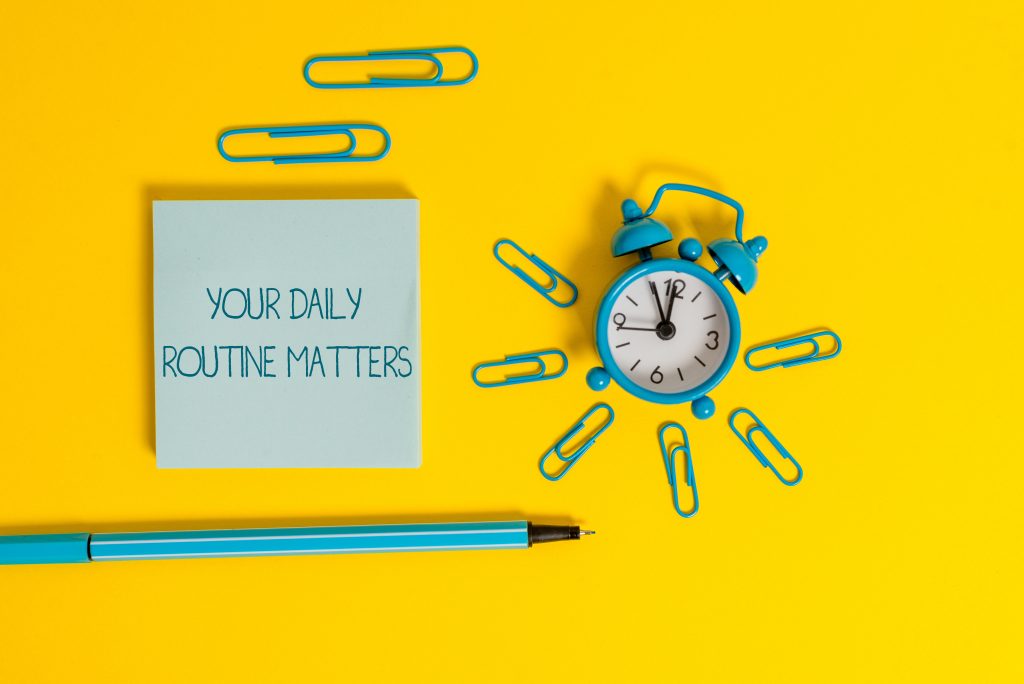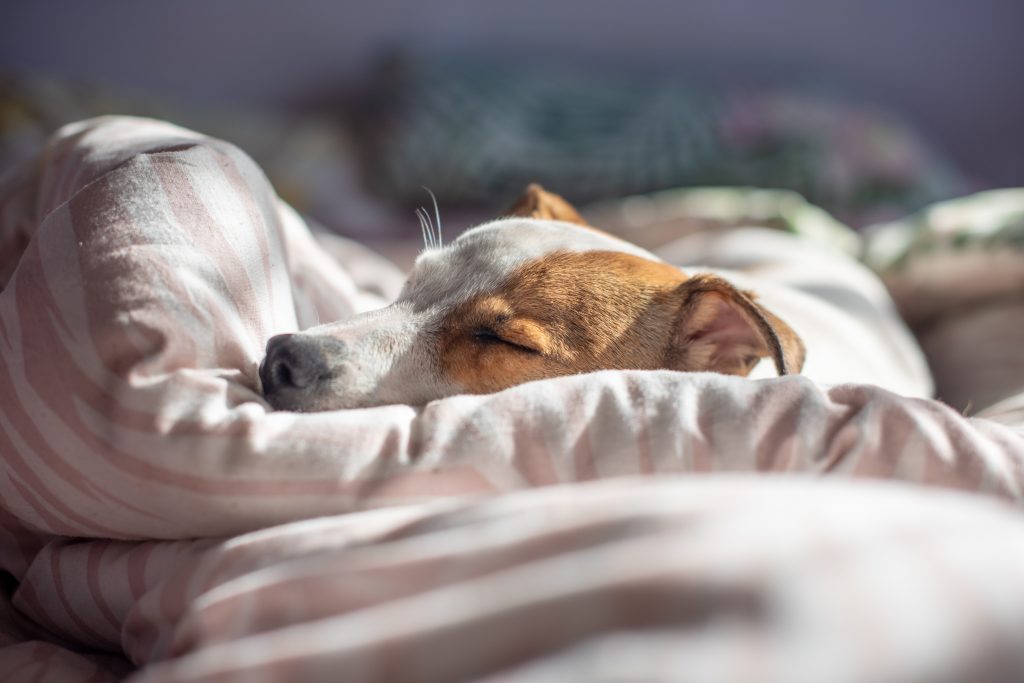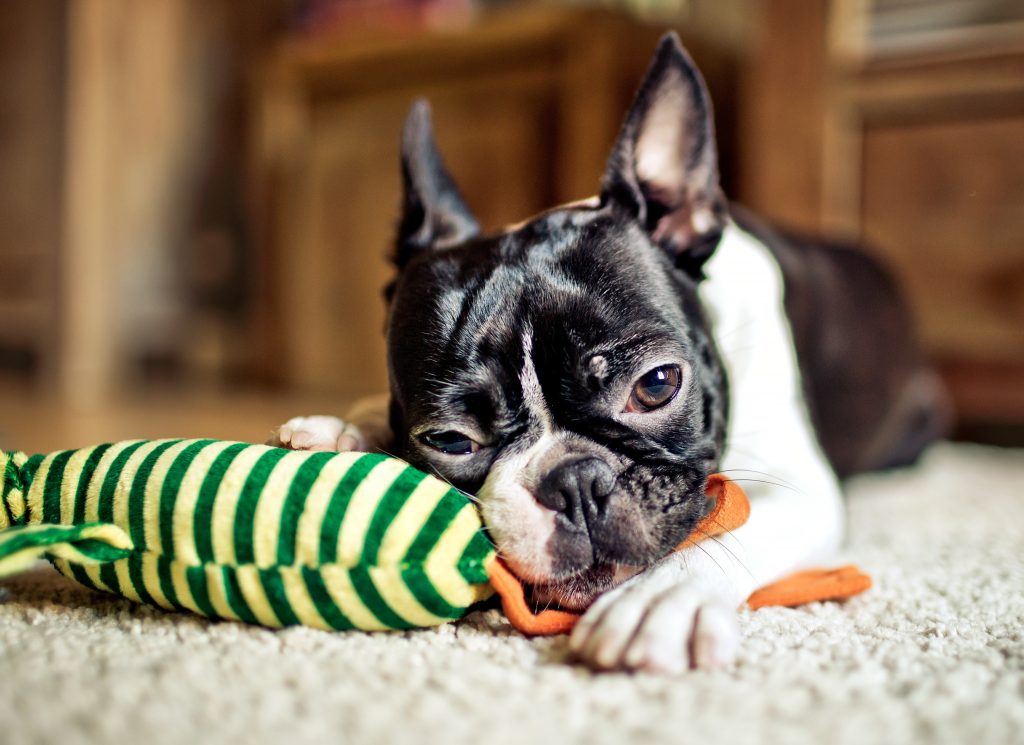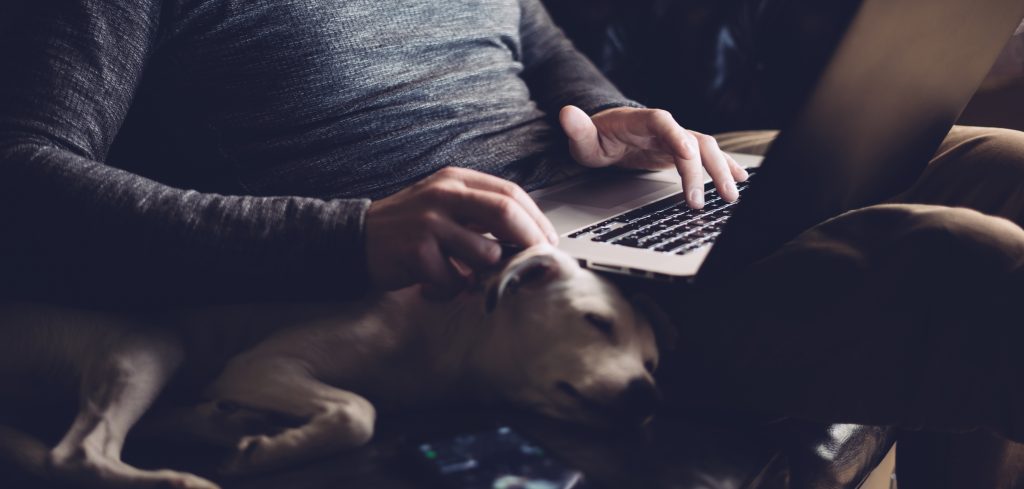Last Friday was National Take Your Dog to Work Day! But what can you do on the other 364 days of the year when this isn’t an option?

National Take Your Dog to Work Day was established in 1999 by Pet Sitters International to help maintain the bond between owner and pet during the average working day. (It was also a very clever ploy to encourage people to adopt a furry friend after interacting with them in person…)
Instances of dogs being introduced into the workplace and on university campuses have only been increasing after it was proved that pets help reduce stress and anxiety in the workplace and improve the owner’s mental health.
It’s probably no surprise then that throughout the Covid-19 pandemic, many people found comfort and companionship by introducing a pet into their homes. Our 4-legged companions eased the isolation and inactivity of enforced lockdown and furlough or working from home meant being around to make the commitment.
The PFMA (Pet Food Manufacturers Association) has confirmed that 3.2 million households in the UK acquired pets over lockdown, with over 12 million dogs now in homes around the UK. In 2019, this figure was 6,702,000, so the number of dogs in homes has nearly doubled over the pandemic.
However, life has returned to some semblance of normality. Whether we feel joy or exasperation at rejoining the working world, we probably feel united in our relief that Covid-19 restrictions are all but non-existent.
But it begs the question, what about our furry friends?
During the pandemic, every day was ‘Bring Your Dog to Work Day’ until it wasn’t. Suddenly the routines changed, and we were no longer constant companions to our pets.
Here are some tips to help your pet adjust to the routines of working life:
1. Create a morning routine

Pets – dogs especially – tend to be highly social creatures, bonded to their home pack, and sudden, prolonged absences can be distressing. Before starting work, it might help to go through your average, morning routine and then shut yourself in a room. This mimics leaving the house and allows your pet to experience being left alone for short periods and then reassured that you will return.
It’s also an invaluable opportunity to see how your canine friend copes with your absence. If the doors and floors have been scratched, or there are sudden house training regressions, this is a sign that your canine friend is stressed, and it may be worth consulting a vet or behaviour expert.
2. Morning walks

It is always a good idea to let your dog have a big ol’ run around at the start of the day. Unless you are within walking distance of work, there will be no lunchtime strolls. The mornings are essential for spending time with your dog and ensuring they’ve done their business before going to work. The exercise will tire them out and calm them down!
3. Relaxing music and a place to stay

This one is again about building routines. Some dogs need to have a place entirely their own filled with blankets, dog-safe toys, and freshwater close by. Leaving the radio on a relaxing music channel for your pet can also help combat separation anxiety and create a reassuring routine (thoroughly recommend classical FM). The music continues, and the pack separates for a while, but everyone returns.
4. Are you not entertained?

Some behavioural problems in dogs stem from boredom, especially if left alone. Toys (indestructible!), healthy chews, controlled food-dispensing toys, and a window with a view can all help mitigate your dog’s destructive tendencies. If the toys have been left untouched, you may need to find something more stimulating. Still worried about what they’re getting up to? Some user-friendly pet gadgets are available now to see what havoc is being wreaked in your absence or just to say a quick hello and interact with your dog from anywhere.
5. Rome isn’t built in a day

The key is taking the time, patience and preparation to put all the above into practice. Despite how much time you may think you will have with your dog, as we discovered over the past couple of years, life can change quickly. It is important to start ‘daily life’ routines early on and keep to these to secure your pet’s routines and their place in the family pack and reduce the risk of separation-related behavioural problems later on.
0 Responses to “The Dog Days of Post Covid Recovery: 5 Tips When You Can’t Take Your Best Friend to Work”
Leave a Reply